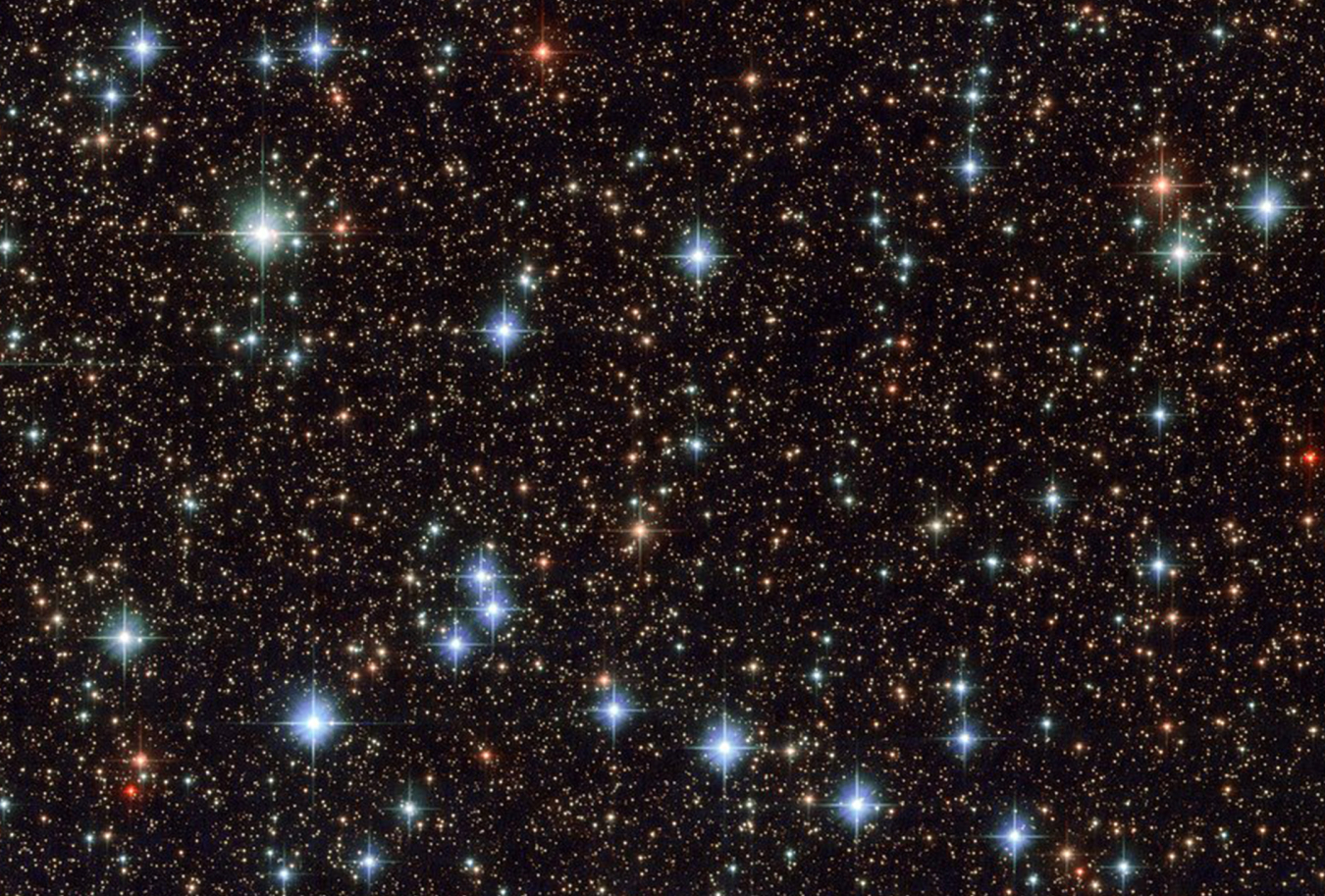
Cosmology is the study of the origin, development, structure, history, and future of the entire universe.
In modern science, cosmology is divided into two branches. Observational cosmology studies the universe using telescopes and other equipment to examine the direct evidence of the universe’s development and structure. Physical cosmology studies the structures and development of the universe and the physics that created them. It uses a mix of theory and experiments to construct and research cosmological models. These models are sometimes called “cosmologies.” They incorporate theories and the information collected by observational cosmology. Cosmology draws on advances from many scientific disciplines, including astrophysics, plasma physics, nuclear physics, particle physics, relativity, and quantum mechanics.
The origins of today’s cosmology began with the discovery in the early 1500s by Nicolaus Copernicus that the Earth revolves around the Sun. The next step was the discovery in the late 1600s by Isaac Newton that objects in space behaved according to the same laws of physics as objects on Earth. The door to modern physical cosmology opened early in the 20th century with Albert Einstein’s theory of relativity, which offered a model of spacetime.
Cosmologists today believe that ordinary matter—the kind of matter we interact with every day—is just a small part of the universe. Most scientists agree that dark energy and dark matter make up a huge percentage of the universe. In this theory, dark energy makes up more than two thirds of the universe. This dark energy may be the force that overcomes gravity and allows the universe to expand in what is called cosmic acceleration. Another quarter of the universe consists of dark matter in this model. This is a hypothesized form of matter that only interacts with normal matter through gravity, and it does not emit or absorb light, making it impossible for scientists to detect directly.
Modern physical cosmology studies many broad areas that touch on astrophysics, nuclear physics, particle physics, and other areas. They include:
- The Big Bang. This is the process through which the universe expanded from an initial state of high density and temperature.
- The formation and evolution of the large-scale structure of the universe. This refers to the formation of the patterns of galaxies and groups of galaxies throughout the universe. The galaxies and this large-scale structure have their origins in the first fraction of a second after the Big Bang.
- Big Bang nucleosynthesis. This is the creation of nuclei heavier than the isotope hydrogen-1 in the first seconds and minutes of the universe.
- Cosmic microwave background. This is the light, in the form of particles called photons, left over from about 380,000 years after the Big Bang. This light is a result of the conditions just after the Big Bang. It reflects the density and uniformity of the universe just after the Big Bang, so it gives scientists a view of the universe as it existed 380,000 years after the Big Bang.
- Dark matter. This is the matter that current theory says must exist to explain how gravity acts on the galaxies and clusters of galaxies in the universe. Scientists do not know what dark matter is, but it could be a type of subatomic particle that has yet to be discovered and that isn’t part of the Standard Model of Particle Physics.
- Gravitational waves. These ripples in space-time are caused by massive, violent, and highly energetic events such as supernovae, colliding black holes, and colliding neutron stars.
DOE Office of Science: Contributions to Cosmology Research
The Department of Energy (DOE) Office of Science supports cosmology research primarily through its Nuclear Physics and High Energy Physics programs. The High Energy Physics program focuses on research associated with its five science drivers of particle physics. These drivers include work on the particles that make up the universe and studies of dark matter and dark energy. Those subprograms include several that are closely associated with cosmology. Meanwhile, the Nuclear Physics program supports research into the atomic nucleus and the subatomic particles that make up the nucleus. This work helps scientists understand the universe as a whole.
Fast Facts
- Scientists estimate there are as many as 2 trillion galaxies in the universe. That’s an astounding number. But it’s much less than the 37.2 trillion cells in the human body.
- The oldest light that reaches the Earth is 13.77 billion years old.
- The universe’s total energy budget consists of approximately 5 percent regular matter, 27 percent dark matter (which interacts with ordinary matter via gravity but does not interact with light), and 68 percent dark energy. That’s why learning more about dark matter and dark energy is so important for science.
- In the dark about dark matter? Watch this video from DOE’s Fermilab.
Resources
- DOE Office of Science High Energy Physics program
- DOE Office of Science Nuclear Physics program
- The Dark Energy Spectroscopic Instrument (DESI) at Lawrence Berkeley National Laboratory is being constructed with support from DOE’s Office of Science. Learn more about its mission.
- The Vera C. Rubin Observatory project is conducting the 10-year Legacy Survey of Space and Time (LSST). The LSST will assemble images and data to help scientists address questions about the structure and evolution of the universe. The DOE Office of Science is funding the effort to build the observatory’s LSST Camera (LSSTCam), the largest digital camera ever constructed.
Scientific terms can be confusing. DOE Explains offers straightforward explanations of key words and concepts in fundamental science. It also describes how these concepts apply to the work that the Department of Energy’s Office of Science conducts as it helps the United States excel in research across the scientific spectrum.

